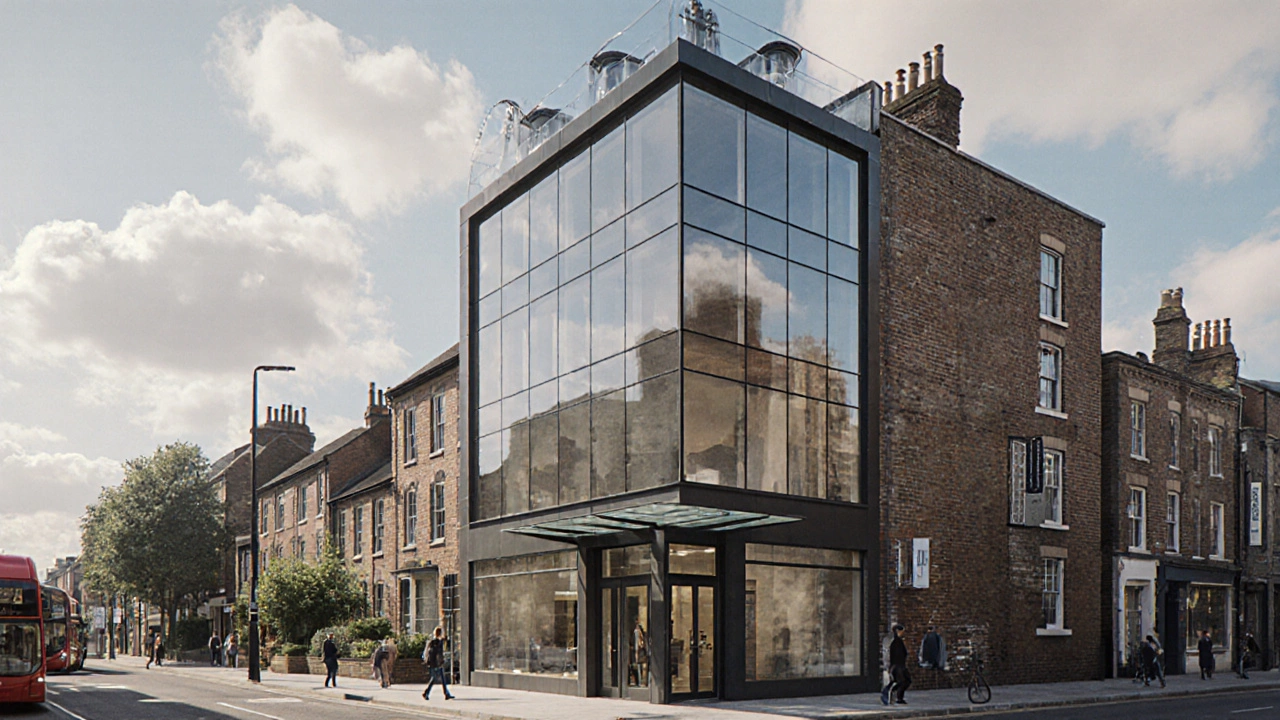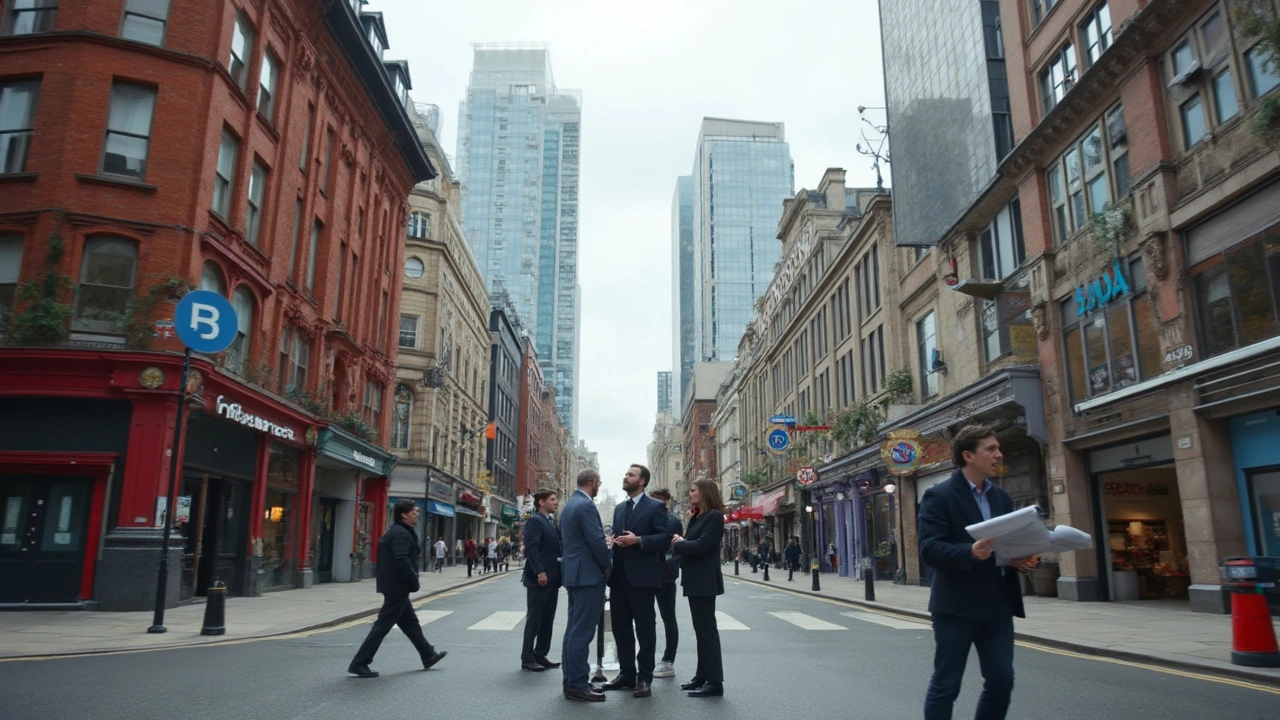Commercial Property: What It Is, How It Works, and What You Need to Know
When we talk about commercial property, real estate built for business use, like offices, retail spaces, warehouses, or hotels. Also known as non-residential property, it’s not just about square footage—it’s about function, regulations, and long-term returns. Unlike homes built for comfort, commercial properties are designed for traffic, safety, efficiency, and profit. They follow different building codes, use heavier materials, and require special permits that homeowners never see.
One key thing that sets commercial construction, the process of building or renovating spaces for business operations apart from residential work is scale. A single retail store might need fire exits, ADA-compliant restrooms, and commercial-grade HVAC systems—all things you won’t find in a typical house. And then there’s construction licensing, the legal requirement for contractors to hold specific credentials to work on business properties. In many places, you can’t even start work on a commercial site without a license that proves you understand the stricter safety and zoning rules. These aren’t suggestions—they’re enforced by law, and skipping them can cost you big time.
Not all commercial property is the same. A warehouse isn’t a restaurant, and a clinic isn’t a bank. Each type has its own building codes, official standards that dictate how structures must be built for safety and accessibility. For example, a school might be classified as commercial in some regions, while a factory falls under industrial. Getting this wrong can delay your project, raise insurance costs, or even make your space illegal to operate. That’s why knowing the difference between commercial property and other types isn’t just helpful—it’s critical.
What you’ll find in the posts below are real, practical answers to the questions people actually ask. How do you tell commercial construction apart from industrial? What licenses do you need to work on a retail space? Why does the fridge placement in a restaurant kitchen matter more than in a home? These aren’t theory pieces—they’re guides written by people who’ve stood on job sites, dealt with inspectors, and fixed mistakes that cost time and money. Whether you’re a business owner planning a new location, a contractor looking to expand into commercial work, or just curious about how these spaces come together, this collection cuts through the noise and gives you what you need to move forward.
Defining a Commercial Building: Key Features & Requirements
Learn what defines a commercial building, from zoning and occupancy codes to design features, financial metrics, and a quick checklist for identification.
What Is Classified as Commercial? Understanding Commercial Construction Spaces
Curious what counts as a commercial building? This article breaks down what makes a property 'commercial' in the construction world. It covers which spaces fall into this category (and which don’t), why the classification matters, and some surprising facts about building codes and regulations. You’ll also find practical advice for anyone who needs to figure out if a project or property counts as commercial. Consider this your no-nonsense guide to commercial construction lingo.






